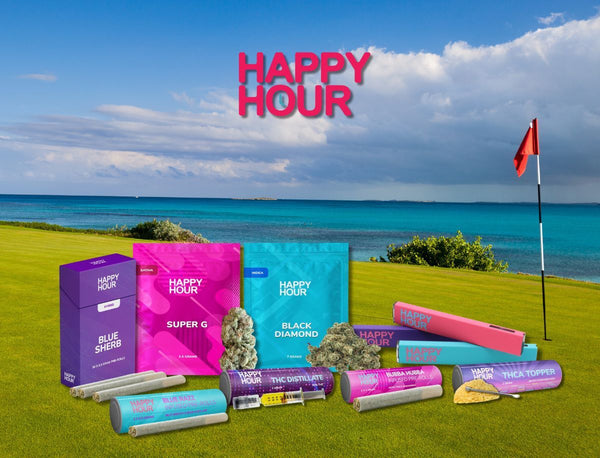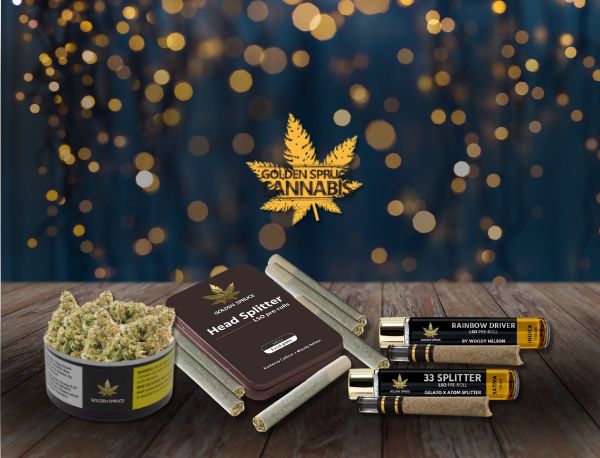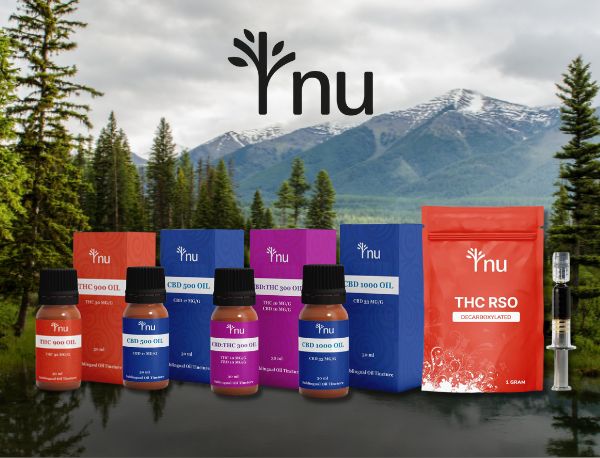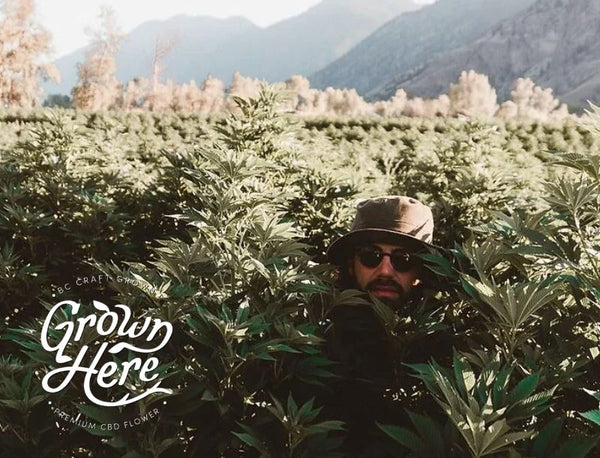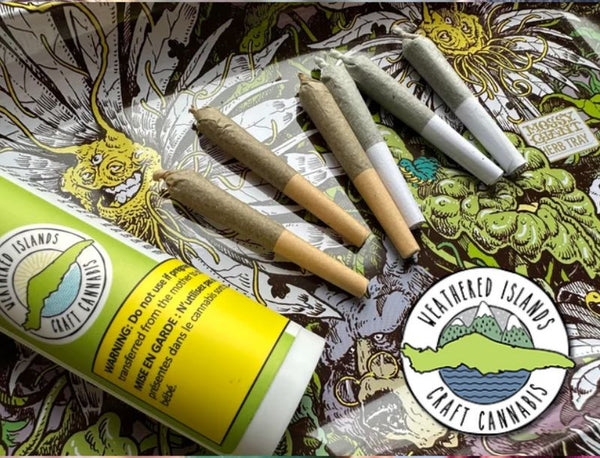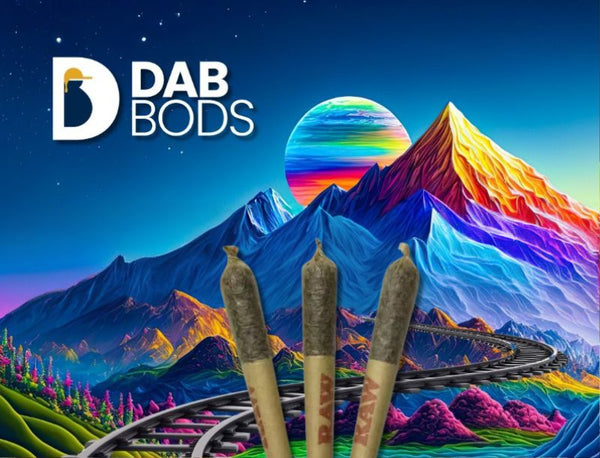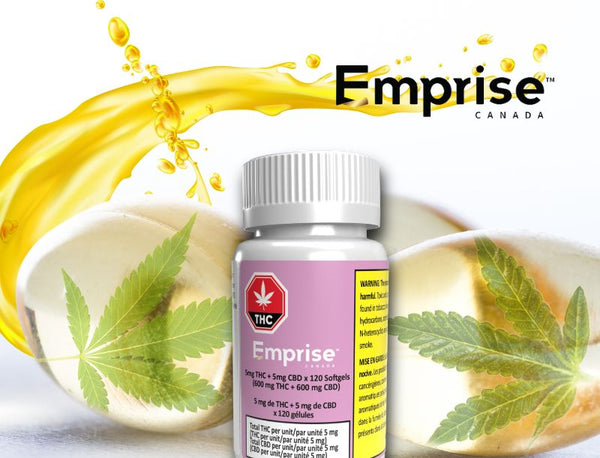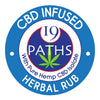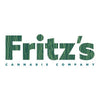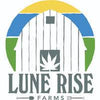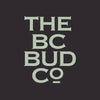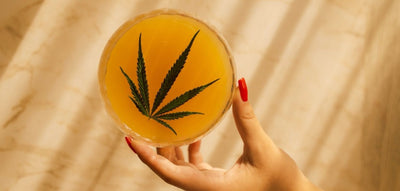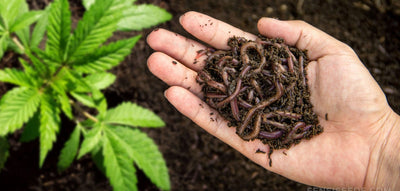Canada’s cannabis marketplace, redefined
Experience Craft Cannabis Like Never Before
New Products
Featured Brands
Champions of Craft Cannabis Since 2015

Herbal Dispatch has led Canada’s craft cannabis revolution, bringing members exclusive access to premium, small-batch products from the nation’s finest growers.

Award-winning and organically grown in living soil, Dancehall is a legacy cultivar that’s earned recognition across Canada - 2nd Place LP Flower at Unicorn Cup 2022 and 2nd Place Sativa at Karma Cup 2023. Contains: 7 grams
- Regular price
- $37.95
- Sale price
- $37.95
- Regular price
-
- Unit price
- per
Brands We Love
Best Sellers
Blog

#160: Cannabis and Parenting:
How to Put Your Kids First, Always
Being a parent is one of the most rewarding and challenging experiences of your life. From juggling work and family obligations to managing stress and finding moments of peace, parenting demands the best version of yourself at all times.
If you're a parent who uses cannabis, you're navigating an additional layer of responsibility: how to enjoy cannabis while maintaining the safety, well-being, and healthy development of your children. The good news? It's entirely possible to do both, but it requires thoughtful planning, honesty, and a commitment to putting your kids first.
Responsibility isn’t optional
Cannabis affects your judgment, reaction time, and ability to handle emergencies. When you're high while caring for your child, you might miss hunger cues, signs of danger, or emotional needs. You may not notice if your toddler is climbing a shelf or if your teen is dealing with a serious issue. Cannabis can impact your interactions with your child and, over time, weaken trust and attachment.
Being aware of these risks is the first step toward responsible use. If you choose to use cannabis as a parent, you must ensure a sober, capable adult is available to supervise and care for your children. This is non-negotiable. A responsible parent always has a backup plan.
Lock it up

Picture a child discovering an edible that looks like a brownie or a gummy bear. To them, it’s just a treat; to their developing body, it’s a serious health risk. This is why secure storage is a non-negotiable part of responsible cannabis use.
Every cannabis product, including flower, oils, tinctures, and concentrates, must be kept in child-resistant packaging and stored in a locked, secure location that is completely out of sight and reach. The same applies to paraphernalia like lighters or vaporizers. Treat these items with the same level of caution you would apply to prescription medications or household chemicals.
If you cultivate cannabis at home, ensure children have no access to your growing area. Even raw plant material can be harmful if ingested by a curious child. If an accidental ingestion does occur, stay calm but act quickly: take them to the emergency department or call 911 immediately. In Canada, you can also contact your local poison control centre for urgent guidance.
The hidden smoke risk
Like tobacco, cannabis smoke contains harmful chemicals that can affect the health of both children and adults. When you smoke or vape around your kids, you expose them to these toxins. This can lead to respiratory problems, eye irritation, and even secondhand intoxication.
Third-hand exposure is also a real concern. When you smoke cannabis, residual chemicals linger on your clothing, hair, and household surfaces. Your child touches these surfaces, puts their hands in their mouth, and is exposed to trace amounts of THC and other compounds.
The safest approach? Don't smoke or vape cannabis indoors or around your children. Period. If you do use cannabis, wait until your children are asleep and in a separate space, and consider stepping outside or using a separate room with a closed door and proper ventilation. Better yet, explore consumption methods like oils, tinctures, or capsules that produce no smoke or vapour and carry none of these risks.
Choosing how you consume

Different consumption methods have different implications for parenting responsibility:
• Inhalation (smoking or vaping) provides rapid effects but impairs you more intensely and visibly.
• Edibles take longer to kick in (sometimes 1-2 hours) but last much longer and can be harder to gauge in terms of dosing.
• Oils and tinctures fall somewhere in between.
• Topicals don't produce systemic effects and are lowest-risk if your children might come into contact with them.
The key is understanding your experience with each method and choosing one that allows you to maintain parental responsibility if you're using while your children are awake. For most parents, this means consuming after children are asleep, or waiting until someone else can fully supervise.
Remember, low-dose, balanced products (like a 1:1 CBD:THC ratio) are generally a better choice than high-THC products, which are more likely to cause anxiety or paranoia and make you a less present parent.
Age-appropriate talks
Your children will eventually ask about cannabis. How you respond shapes their attitudes toward substance use for life. Research shows that early, honest conversations are one of the best ways to prevent underage use.
With younger children, keep it simple and factual: "Cannabis is something adults can use, but it's not for kids because their brains are still growing. We keep it locked up so you can't accidentally get into it."
With teenagers, go deeper. Explain that their brains don't finish developing until their mid-20s, and that cannabis can interfere with that development. Be honest about why you use it (stress relief, pain management, sleep), but equally honest about the risks and your responsibility as a parent.
Critically, let them know that you disapprove of underage use, that their safety is your top priority, and that they can always come to you without judgment if they have questions or if something goes wrong.
Risk reduction starts here

If you have teens at home who may experiment with cannabis, talk openly about safer use practices, such as avoiding driving, not mixing with other substances, and starting with low doses. While it’s best if they don’t use it, harm reduction conversations rooted in care and understanding are far more effective than using threats or shame.
Driving under the influence of cannabis is illegal and can impair judgment, reaction time, and motor skills. It's essential to remind your teen that using any substance while driving can have severe consequences, including accidents, injuries, or even death. Encourage them to always plan a safe ride home if they do choose to consume cannabis.
And if you're the driver, it's your responsibility to ensure that you are sober and capable of safely operating a vehicle. Do not risk your life, the lives of your passengers, and others on the road by driving while under the influence. It's not worth it.
Safety above all
Parenting is hard. If cannabis helps you manage stress, anxiety, or pain and allows you to be a more present, patient parent, that's valid. But it only works if you're thoughtful, intentional, and absolutely committed to your children's safety and well-being. Ultimately, making informed, responsible choices ensures both your well-being and the safety of those you care about most.

Membership Has Its Privileges
As a member, you will enjoy receiving:
Already a member? Login here













